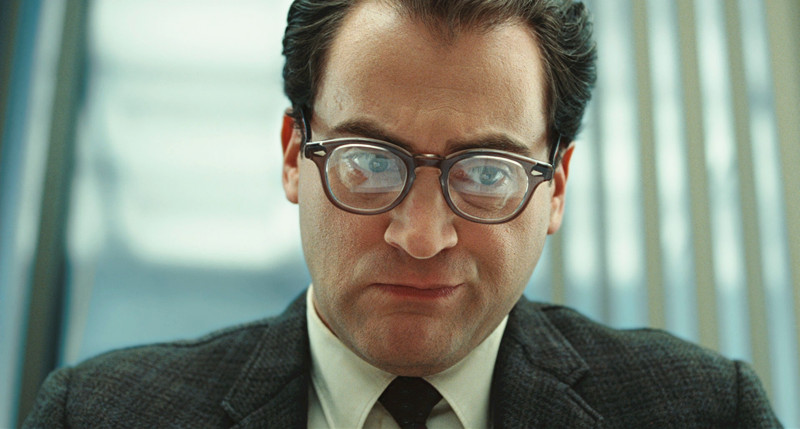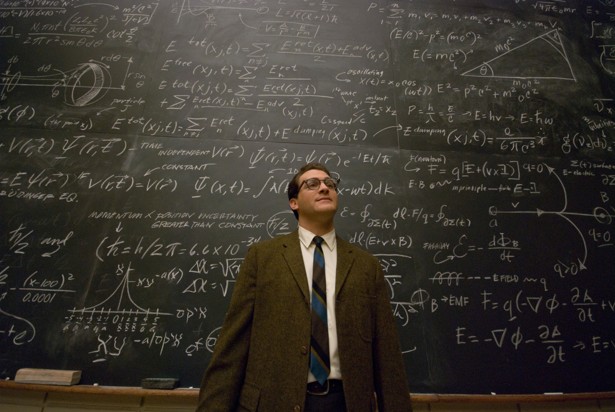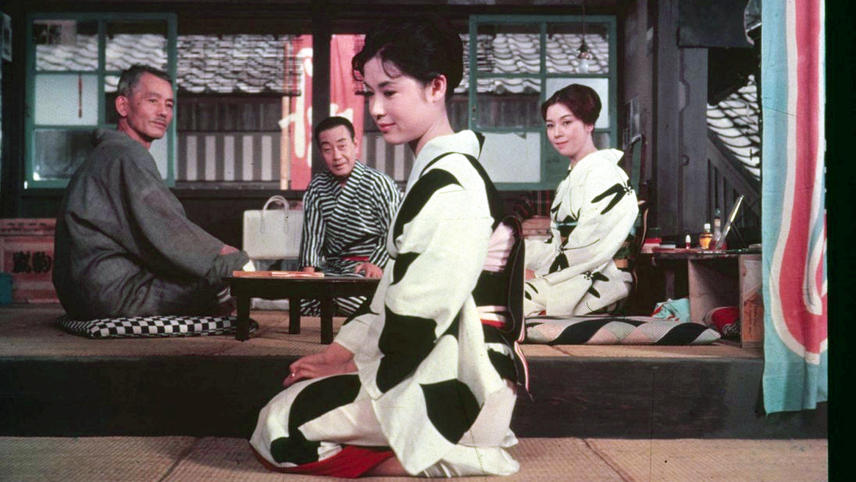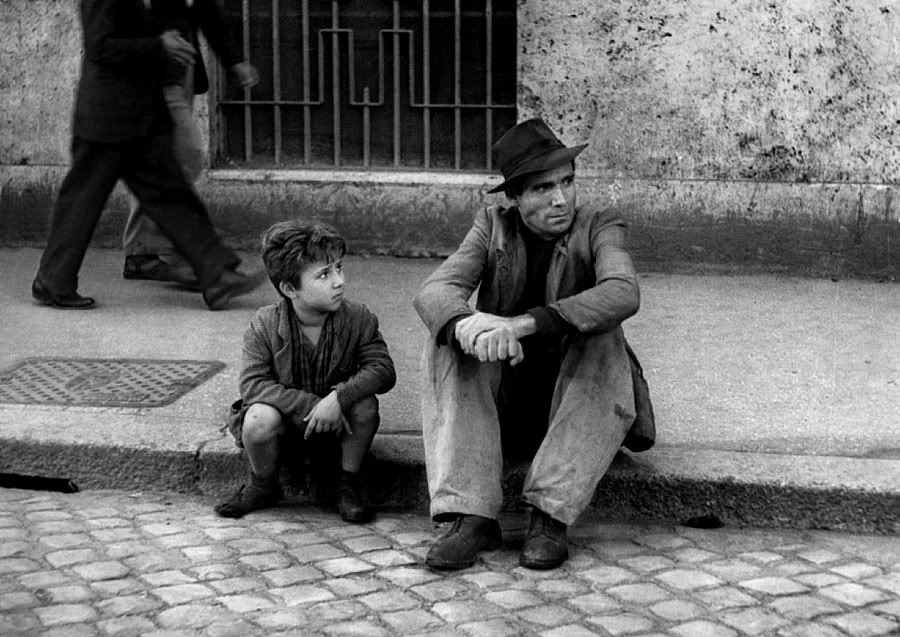
Here is a list of 10 films that won’t teach anyone how to act or how to perceive life. The films presented in this list are no moral tales or films that are “sending a message.” Instead, these films present reality in such a way that each viewer perceives them with a different meaning, as their virtue is what and how they display it. Some of these films display the daily economic struggle of working class characters, others display their moral dilemmas, and others their philosophical ones.
What makes films great is not that they are clear and give a behavioral pattern to us, but that they display the world in a way that is different from the ordinary perspective, and by doing it they reveal an essential part of our lives. In his text “The Origin of the Work of Art,” Martin Heidegger meditates on the nature of a work of art and what makes it different from everything else, reaching the conclusion that what the work of art does is to unravel an aspect of life that remains hidden.
In contrast to some (not very good) films, the films in this list do not present arguments or an opinion on reality: their object is reality and thus it is with reality with which they speak. In each film there are dramatic transformation arches (even in the documentary) that show how a character is at a certain moment, and how he is transformed by the circumstances at the same time that he transforms them in some way or another.
Without any further detail, here is a list of 10 great films that will (most likely) teach you a lesson on life. Which one? I don’t really know; it is completely up to the lecture each person gives to the film. Please note that this is not a definitive list of the 10 greatest films, nor an enumeration from worst to best. So do not give much importance to the number each film has on the list, they are all great films that deserve one or more viewings.
1. I, Daniel Blake – Ken Loach

Ken Loach is master of a certain kind of films that are often grouped under the category of social drama, but as in most of these categories, there is never a clear and accepted understanding of what this category exactly contains.
The fact is that Loach displays complex, flawed and contemporary characters in his films. The characters of his films are always struggling with their daily life; they are not facing a decision that will decide the fate of many, and most of the time it’s only their own lives in their hands. Within this style is his latest film “I, Daniel Blake.”
The film displays the struggle against bureaucracy of Daniel Blake after he suffers a severe heart attack that impels him from working. Daniel has to face the coldness and indifference of the government organizations and functionaries, while his health is at stake. But within all of the struggles, Daniel meets some people to whom he shows empathy and kindness.
The relationships with these people are as hard as real human relationships are, but it precisely with this realism that Loach displays the kindness of Daniel Blake at its highest.
2. A Serious Man – The Coen Brothers

The Coen brothers have clear thematic traits in their filmography: they are very interested in displaying the absurdity of many circumstances of modern life. They also take advantage of many classical filmmaking conventions to create powerful and moving tales.
The combination of these two traits is what makes their film hilarious; they show us circumstances so absurd that they appear almost impossible. But the films are so well crafted that we understand why they are possible, revealing most of the time that there are no ulterior motives for them to happen apart from hazard. Take, for example, “The Big Lebowski,” “Burn After Reading” or the film that we picked for this list, “A Serious Man.”
It is precisely in “A Serious Man” that a character is trying to understand the ulterior motives for the absurd circumstances in which his life starts to get tangled. He is a physicist and father in a Jewish family. His first option is to recur to God for an explanation, but each of the explanations he gets is more obscure than the next.
It is extremely ironic, as we see himself explain the chaos theory to his students. The poor serious man complains about his circumstances, alleging that he has done nothing to end up in the absurdity that he is in.
3. Drama/Mex – Gerardo Naranjo

Mexican cinema has been in a constant struggle to define its identity (this may also be the constant struggle of cinema in general). The way in which the Mexican landscape is portrayed is a constant problem for Mexican filmmakers as many approaches are taken for this task.
Gerardo Naranjo’s film “Drama/Mex” is a very unique portrayal of very unique landscape of Mexico and the relationships within it: the beach of Acapulco. The film as a choral narrative introduces us to several characters who in some way are facing a critical moment in their lives.
One of the characters is facing the possibility of suicide, another one her coming of age, and others are losing or re-encountering an old love. The film develops the process of these characters as it creates distinct kinds of relationships between them.
The film also uses Beethoven’s “Moonlight Sonata” as a leit motiv that is presented in different ways and moments through the film, serving as a kind of reflection of the transformation that each of the characters is experiencing.
4. Floating Weeds – Yasujirō Ozu

Ozu’s 1959 remake from one of his early films is also one of his color films. Being crafted at the end of the 50s, it is a display of the great mastery that Ozu had achieved by that time of his career. The unique style of Ozu was already well defined by the moment in which “Floating Weeds” was made for the second time, as maybe it was due to the interest of telling this story with the full capability of his style that Ozu decided to remake the film.
The story of “Floating Weeds” is a great example of an Ozu film: it displays the encounters and conflicts between generations of parents and offspring and shows the struggle that performing a role within a family dynamic implies.
The film displays a father whose son always knew him as his uncle. The father finds it hard to take care of his son as he would want and as his role of uncle allows him to. At the same time, the son starts to make his own decisions and thus the family enters conflict.
5. Bicycle Thieves – Vittorio De Sica

There is a reason why “Bicycle Thieves” is the most well-known film categorized within the category of neorealism, even though it was not the first film of this movement. The directors (Visconti, Rossellini, De Sica and even Fellini) who were addressed as neorealist never fully agreed on this category.
In general, neorealism was and can be understood as a movement in film history that, in opposition to the institutionalized way of making films, put focus on the stories and struggles of the daily lives of working class people, and this film did this with minimum economic resources.
“Bicycle Thieves” is one of the films that most effectively attaches to these traits. The plot consists of an unemployed man who manages to get a job by buying a bicycle with the little money he can procure; this bicycle is stolen and thus he and his son start a quest along the city in search for the bicycle thieves. This story is portrayed without any professional actors, and without any designed sets. De Sica uses what reality gives him to craft this film of struggle and desolation.